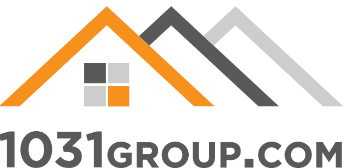The short answer is that it is the acronym for the Delaware Statutory Trust. It is also the structure of choice for today’s fractional-ownership Section 1031 tax-deferred exchanges.
Most DST programs (many include multiple properties) are sponsored by national real estate companies, and are offered through securities broker/dealers.
The DST, as a source of replacement property, is most often used by smaller, baby boomer investors for whom real estate is not their primary business. They might own a rental house or two, a multifamily property, or even a smaller office building or retail center. All require at least some, if not a lot, of active management. Reaching retirement age many of these investors are looking to cash in on their real-estate investments, tax-deferred of course, but they don’t want to just replace one set of active management headaches with another. You know, the tenants, toilets and trash! This scenario is what is seen as the “sweet spot” for a DST exchange. As you will read later in the article, the DST can also help other real estate investors address the traditional challenges of a 1031 exchange, particularly the challenges of replacement property identification.


